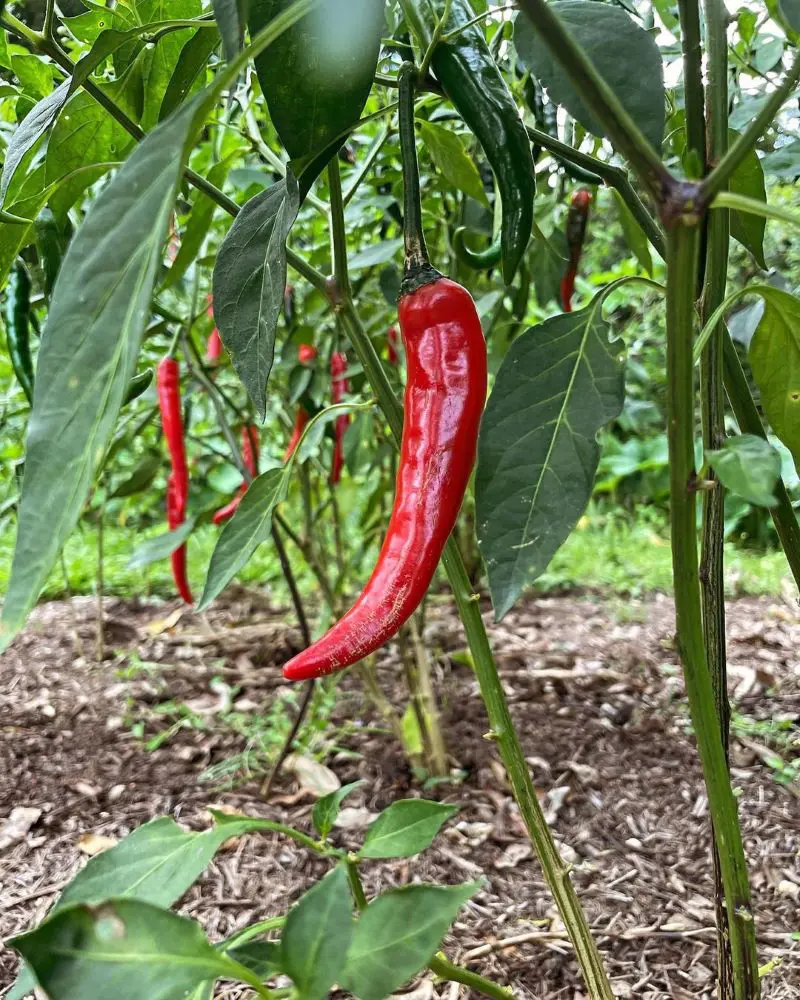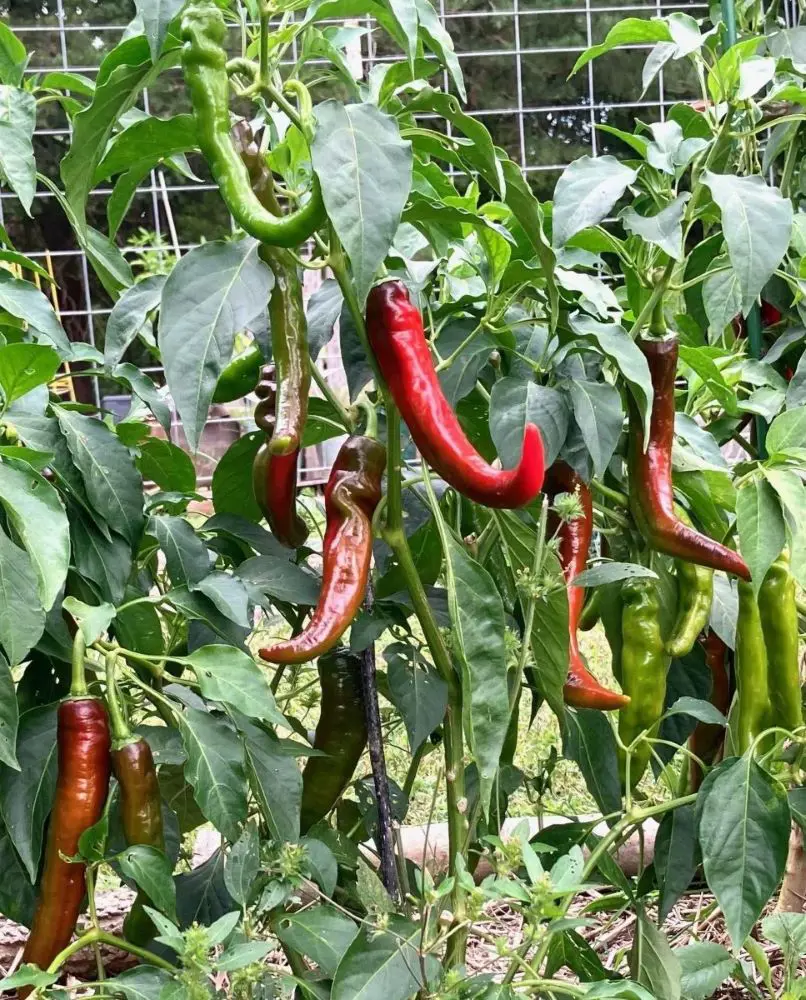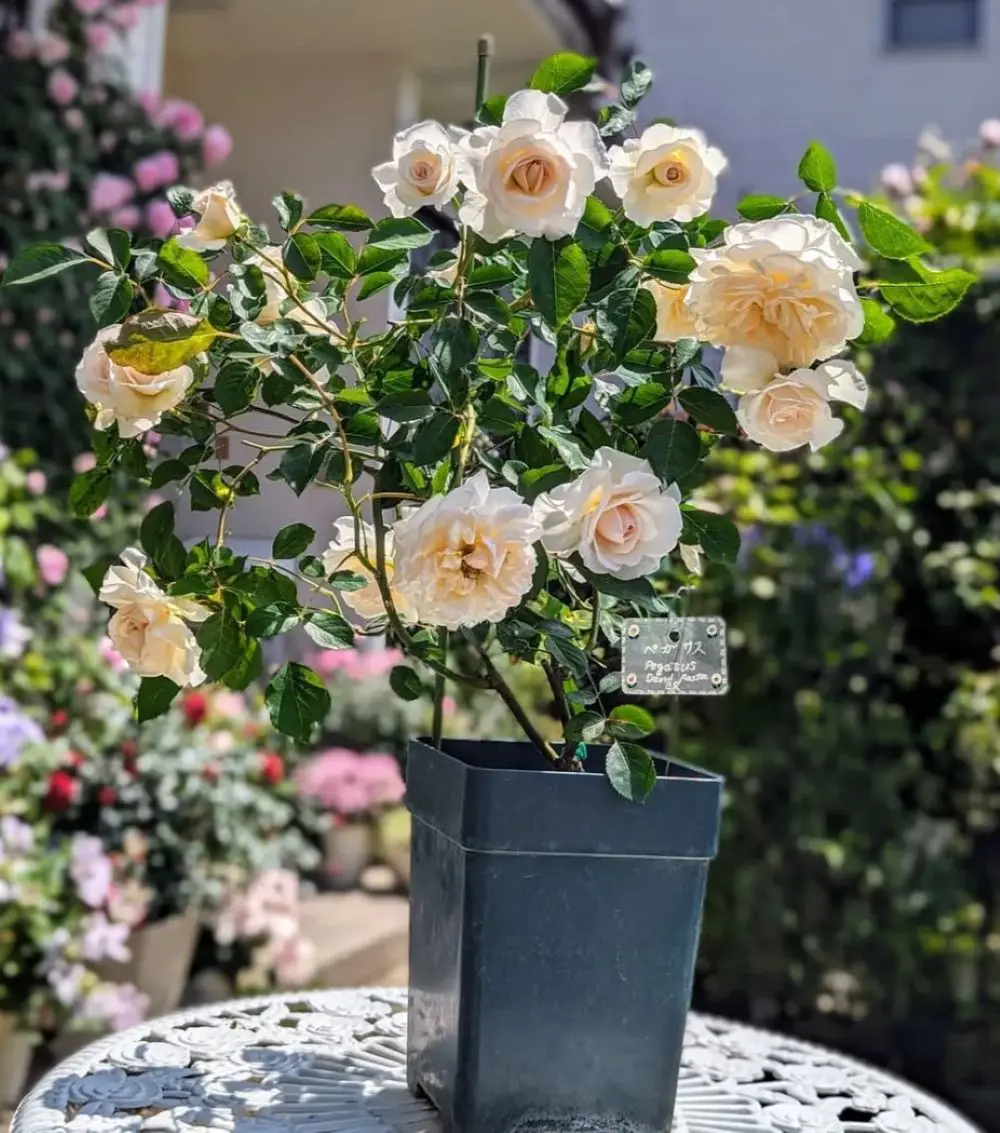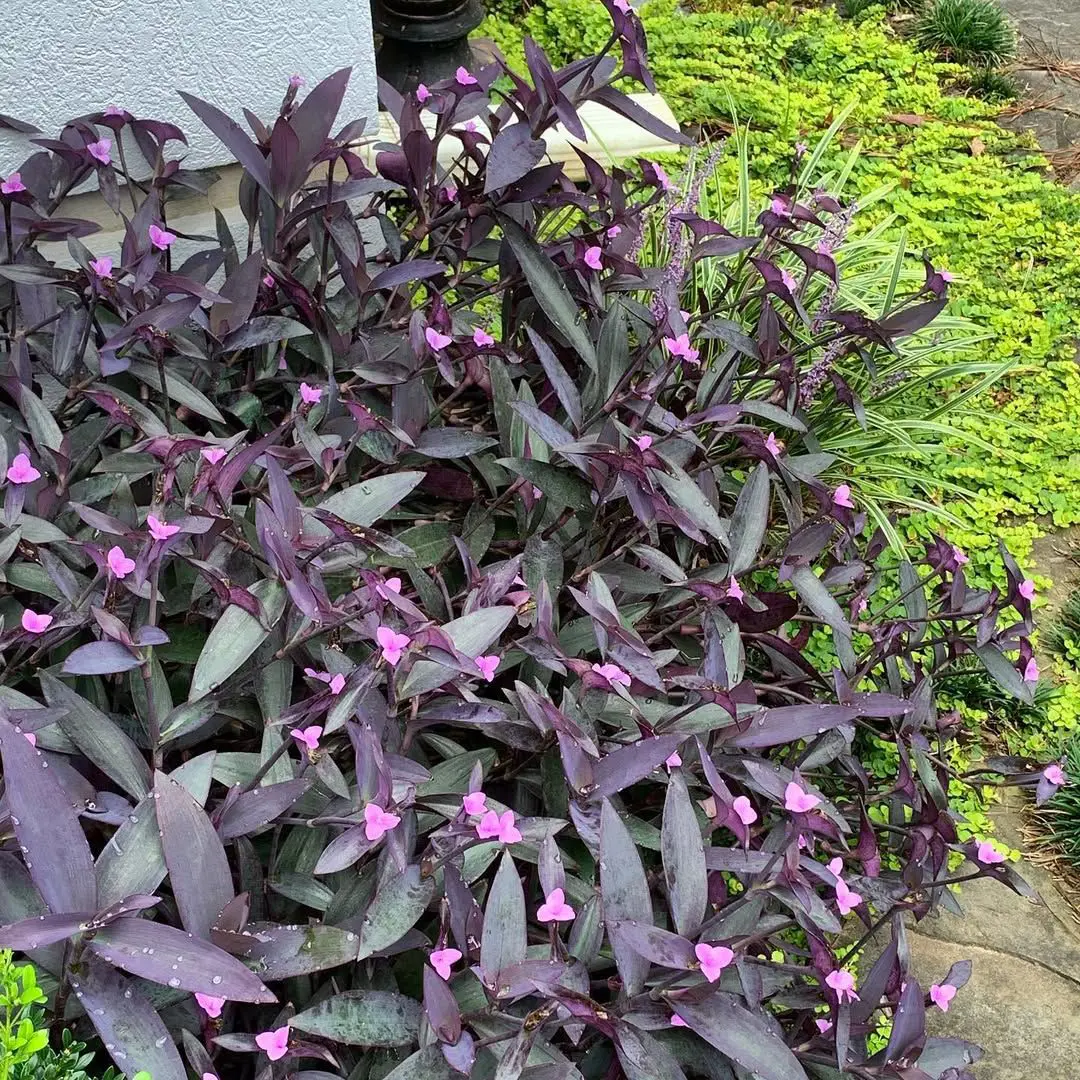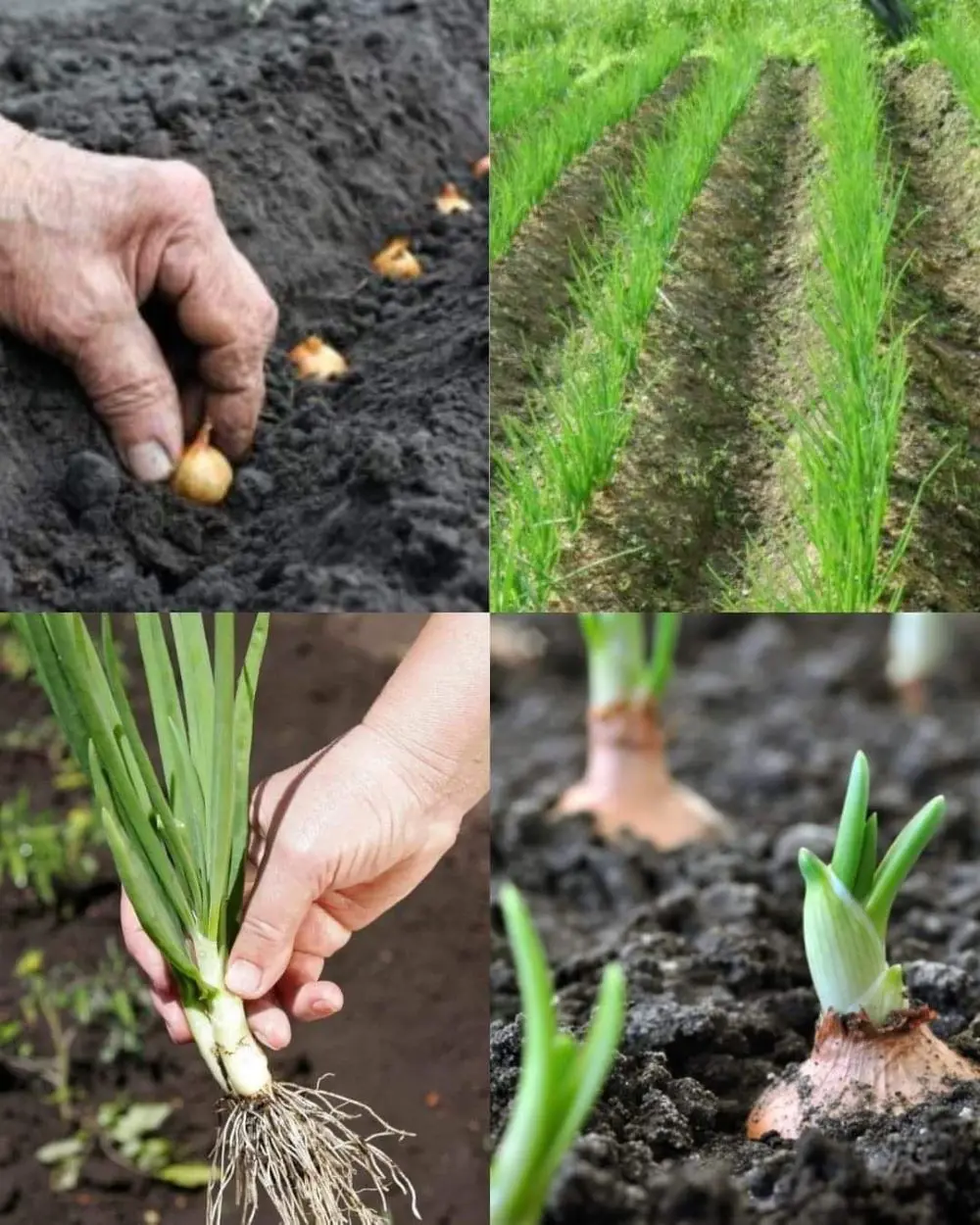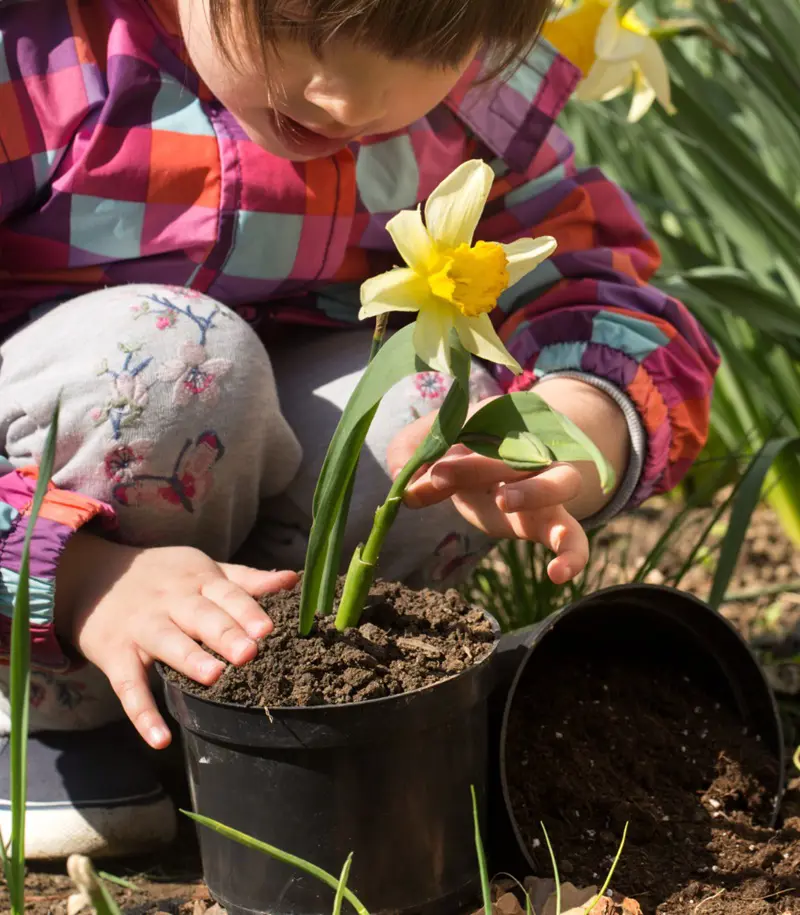How To Grow Cayenne Peppers

As a diverse plant, cayenne peppers can be grown by various methods, including from seeds, transplants, or cuttings. Among these techniques, growing this capsicum cultivar from seeds is considered to be the most effective.
The seed germination method allows for early control over the growing conditions by starting indoors. This ensures a head start on the growing season as well as healthier, stronger plants.
When To Plant
If you are starting indoors, plant the cayenne pepper seeds 8-10 weeks before the last expected frost date. This normally falls between late winter and early spring, depending on your local climate. Provide adequate warmth and light for a successful germination.
On the other hand, for outdoor planting, cayenne pepper seedlings should be transplanted after the last frost date when soil temperatures consistently reach at least 70°F (21°C).
This usually occurs in late spring. Direct sowing seeds outdoors is less common but can be done when soil temperatures are reliably warm and there's no risk of frost.
Where To Plant
Plant cayenne pepper seeds in a spot that receives full sunlight for at least 6-8 hours a day. Choose an area with well-draining soil rich in organic matter, as peppers thrive in a fertile, loamy soil.
Raised beds or garden plots with good air circulation are ideal to prevent fungal diseases. Avoid areas with heavy clay or overly sandy soils. Also, make sure the spot is protected from strong winds but has enough airflow to reduce humidity around the plants.
How To Plant
Follow these steps for DIY planting of cayenne pepper seeds in your backyard:
- Prepare the Soil: Use a garden fork or tiller to loosen the soil to a depth of 12 inches. Mix in compost or aged manure to improve fertility and drainage.
- Dig Holes: Dig holes 18-24 inches apart in rows 24-36 inches apart. Make holes deep enough to accommodate the root ball of the seedlings.
- Plant the Seedlings: Carefully remove the seedlings from their pots, handling by the leaves to avoid damaging the stems. Fill the hole with soil, gently firming it around the base of the plant.
- Water the Plants: Water the seedlings thoroughly to settle the soil and eliminate air pockets. Apply a layer of mulch around the plants to retain moisture and suppress weeds.
- Support and Care: Place stakes or cages to support the plants as they grow. Keep the soil consistently moist but not waterlogged, watering deeply as needed.



